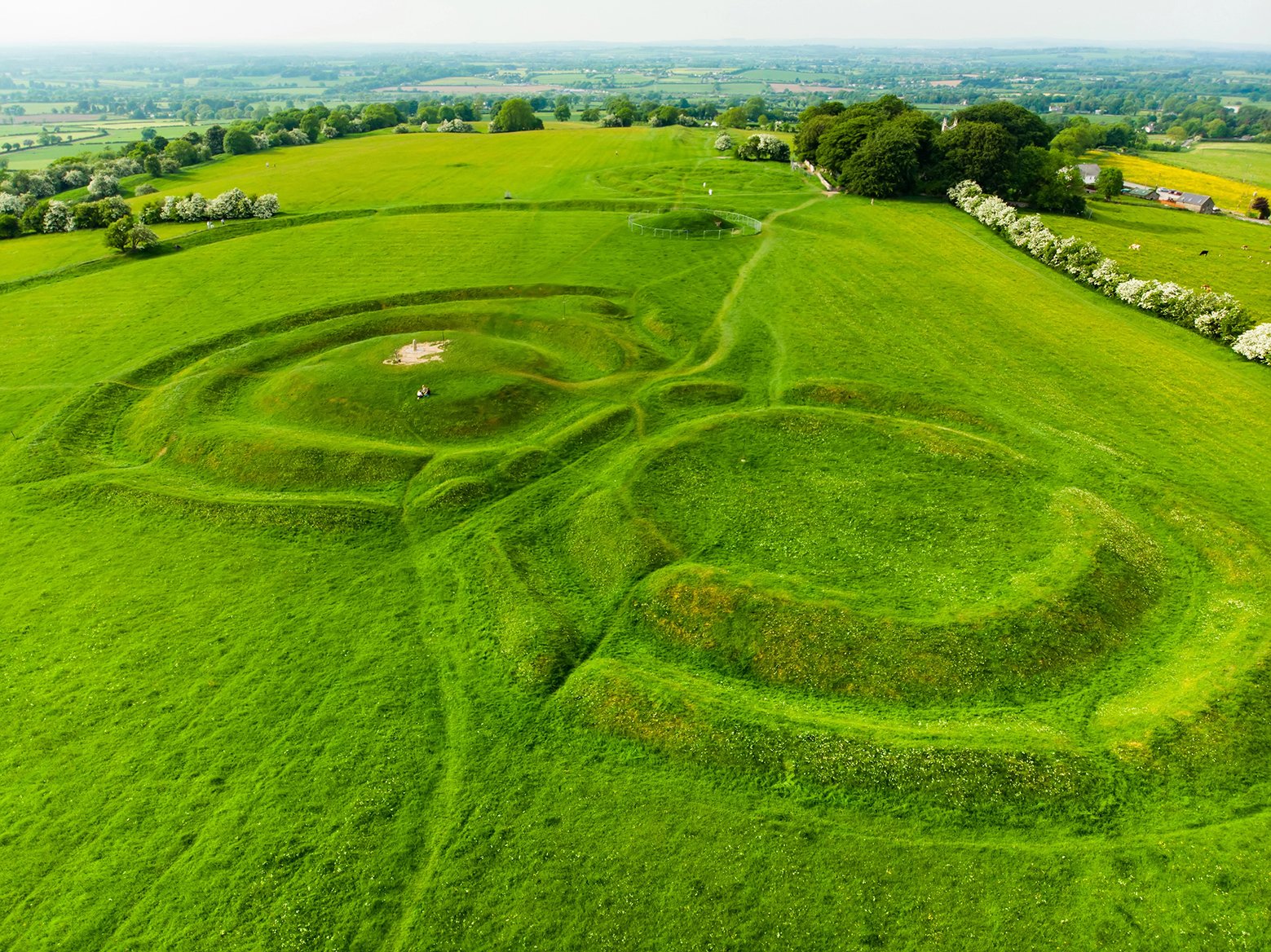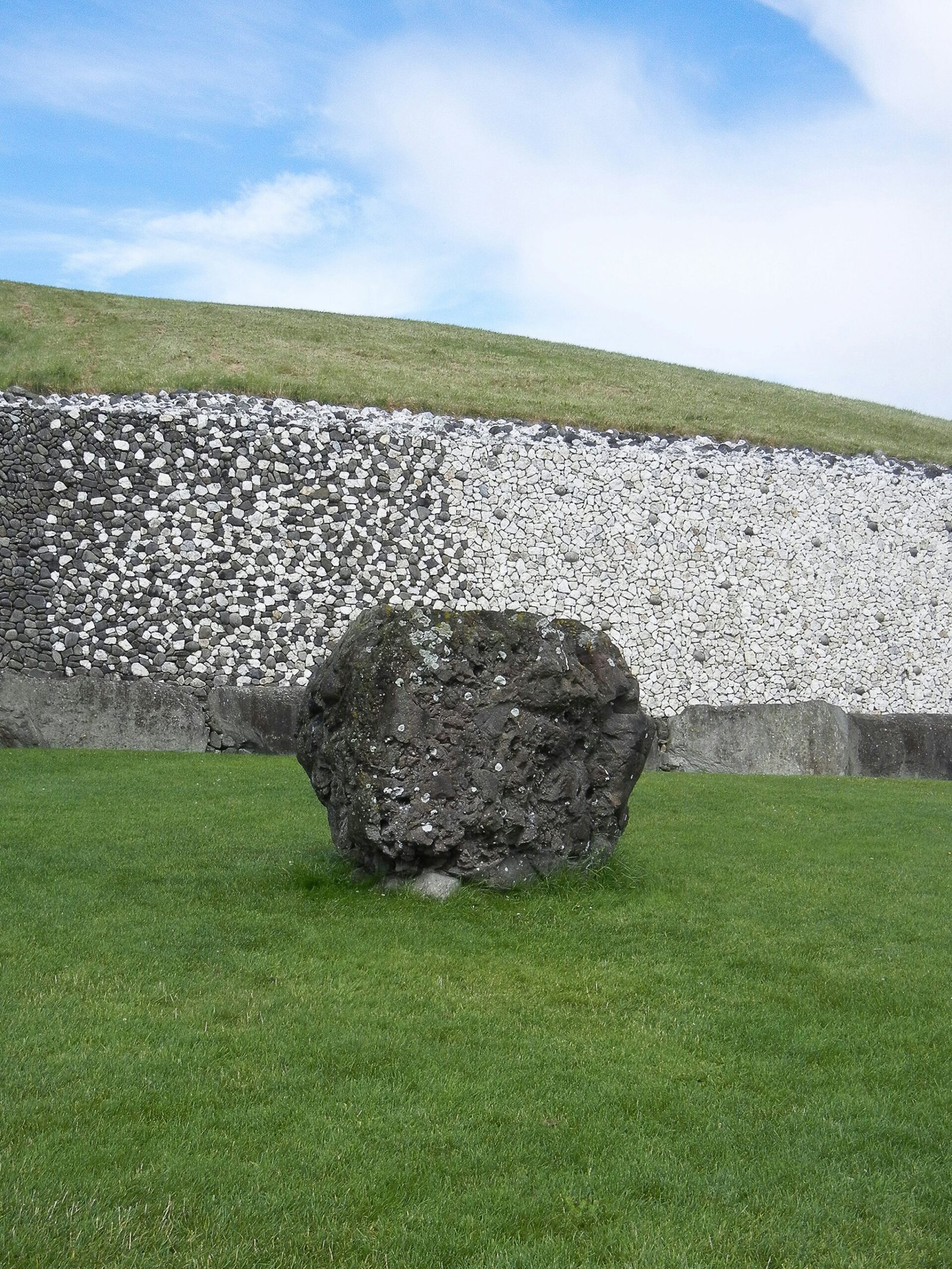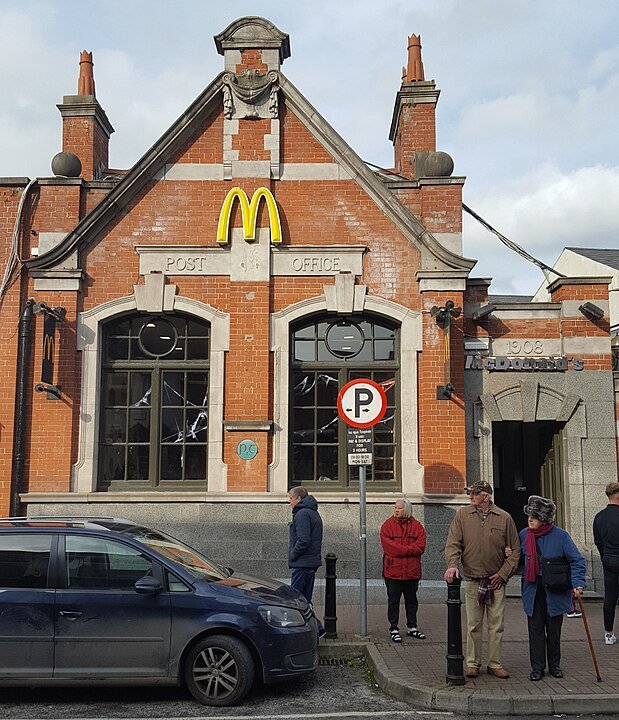County Meath is a picturesque region located in the eastern part of Ireland.
This county is often regarded as the heartland of ancient Ireland, which is evident from its rich historical sites and monuments that span thousands of years. Geographically, it sits conveniently between Dublin and the lush countryside of the Irish midlands, making it easily accessible for both domestic and international tourists.
Historically, County Meath is significant, as it was once the seat of the High Kings of Ireland. Sites such as the Hill of Tara and Trim Castle are steeped in myths and legends, often associated with the ancient Gaelic aristocracy that ruled the country. Visitors can explore remnants of Celtic civilization, including burial mounds and ring forts, which act as a testament to the region’s formidable past. The vibrant history lends to a unique cultural heritage that is celebrated through festivals, local crafts, and culinary delights.
County Meath's landscape offers a delightful contrast between rolling hills, lush green fields, and serene rivers, presenting a captivating environment for outdoor enthusiasts. The Boyne Valley's scenic trails provide ample opportunities for hiking, cycling, and exploring the breathtaking Irish countryside. Furthermore, charming towns such as Navan and Kells boast a lively atmosphere with an array of shops, restaurants, and cultural events, enriching the overall visitor experience.
Places
County Meath Attractions

The Hill of Tara: A Glimpse of Royal Heritage
The Hill of Tara, located in County Meath, stands as an emblem of Ireland's rich royal history, offering visitors a unique opportunity to connect with the ancient past. This enigmatic site is recognized as the traditional seat of the Kings of Ireland and is steeped in legends and historical significance. According to Irish mythology, the Hill of Tara was not just a political center but also a place of spirituality and ceremonial activity, believed to be the gateway to the Otherworld. The landscape of the Hill of Tara is adorned with numerous megalithic structures and ancient monuments, which attest to its importance throughout history.

Newgrange
Newgrange, a remarkable passage tomb located in County Meath, stands as one of Ireland's most significant prehistoric structures and is a UNESCO World Heritage site. Constructed over 5,000 years ago, Newgrange predates the Egyptian pyramids and is widely regarded as an extraordinary feat of engineering. The tomb's circular mound, built with massive stones, reaches an impressive diameter of approximately 85 meters and is surrounded by a breathtaking kerb of 97 large stones, many adorned with intricate carvings that echo the artistry of Neolithic culture. One of the most fascinating aspects of Newgrange is its precise astronomical alignment. The entrance passage is oriented towards the rising sun on the winter solstice. Each year, during this event, sunlight floods the inner chamber as the first rays of dawn penetrate the passage, illuminating the space in a display that captivates visitors.

Navan
Navan, located in County Meath, Ireland, is a town steeped in history and culture, often regarded as the gateway to some of the most significant historical sites in the country. Nestled along the banks of the River Boyne, Navan has emerged as a vibrant community that balances modern living with a rich heritage. Its strategic location, just a short distance from Dublin, makes it an ideal base for visitors seeking to explore the ancient remnants of Irish civilization. The town is not only known for its inviting atmosphere but also for its remarkable historical significance. Navan played a crucial role during various periods of Irish history, including the ancient Celtic era, when it served as a notable center for trade and governance. The surrounding area is dotted with archaeological treasures, including Newgrange, Knowth, and Dowth, which are UNESCO World Heritage Sites and stand testament to Ireland's prehistoric culture.
